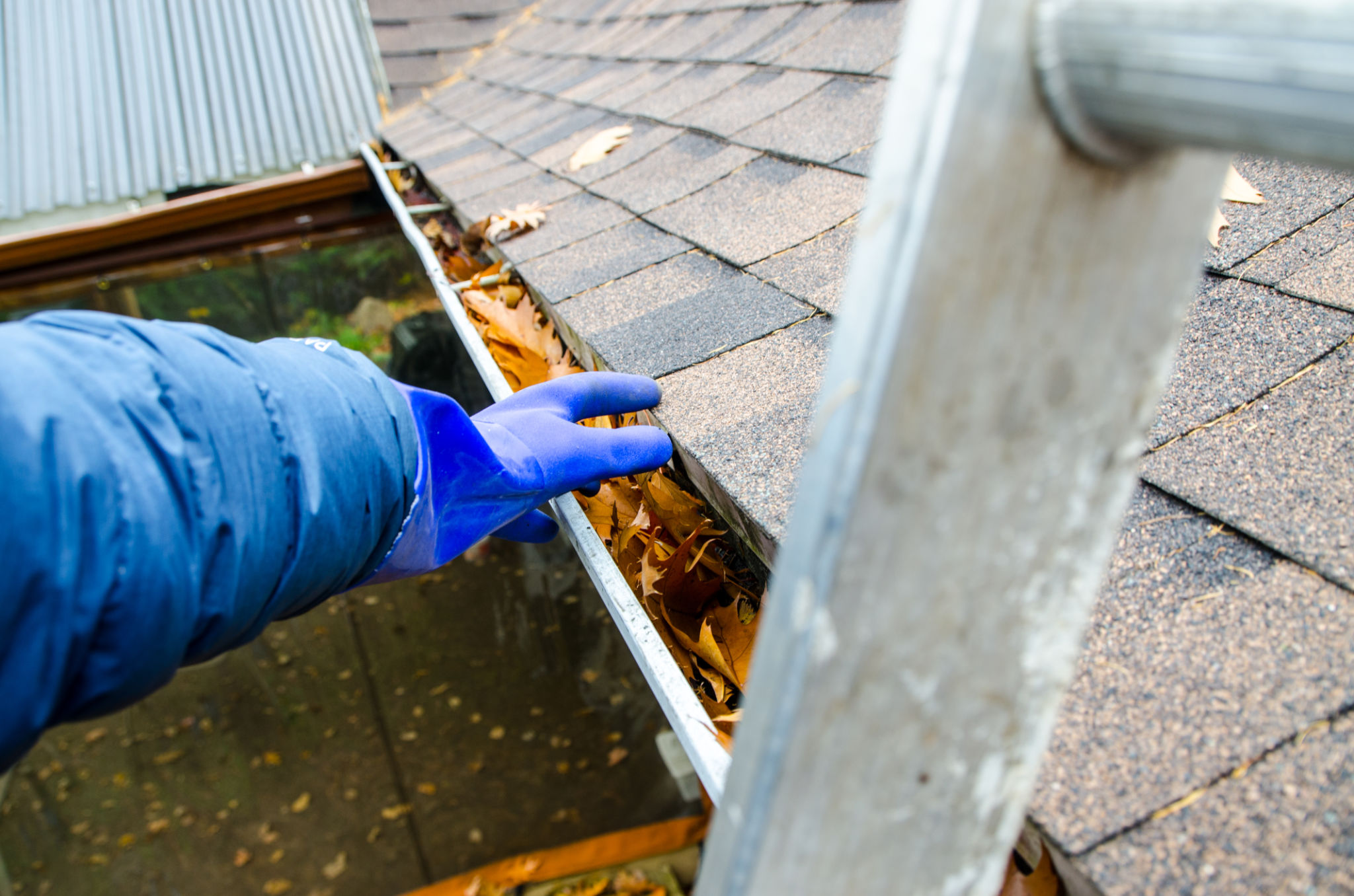Preparing Your Home for Winter: Essential Building and Maintenance Tips
Inspect and Seal Your Home's Exterior
As winter approaches, it's crucial to inspect the exterior of your home for any potential vulnerabilities. Begin by examining the foundation, walls, and roof for cracks or gaps that could allow cold air and moisture to seep inside. Pay particular attention to areas around windows and doors, as these are common problem spots.
Once you've identified any gaps, it's time to seal them. Use weather-resistant caulking for smaller cracks around windows and doors, and apply weatherstripping to ensure a tight seal. For larger gaps or cracks in the foundation or walls, consider consulting a professional for repairs.

Prepare Your Heating System
Your heating system is critical during the winter months, so ensuring it's in good working order is essential. Start by scheduling a professional inspection and maintenance check for your furnace or heat pump. This will help identify any issues before they become major problems.
Replace your furnace filters regularly to maintain optimal airflow and efficiency. Additionally, if you have a fireplace, make sure the chimney is clean and free of obstructions. This not only enhances efficiency but also reduces the risk of chimney fires.
Insulate Your Home
Proper insulation is key to keeping your home warm and energy-efficient during winter. Check your attic, walls, and floors for adequate insulation. If necessary, add more insulation to prevent heat loss.
You can also improve insulation by using thermal curtains over windows and draft stoppers under doors. These simple measures can significantly reduce heat loss, keeping your home comfortable and lowering energy bills.

Protect Your Plumbing
Frozen pipes can lead to costly damage, so it's essential to protect your plumbing system from the cold. Start by insulating exposed pipes in unheated areas such as basements, garages, and crawl spaces. Pipe insulation sleeves or heat tape can be effective solutions.
During extremely cold weather, let faucets drip slightly to prevent freezing. It's also a good idea to know how to shut off your main water supply in case of a burst pipe emergency.
Maintain Your Gutters
Clogged gutters can lead to ice dams, which can cause water damage to your home's roof and interior. Clean your gutters of leaves and debris before the first snowfall. Ensure that downspouts direct water away from your home's foundation.

Check Your Roof
Your roof is your home's first line of defense against winter weather. Inspect it for missing or damaged shingles, which could allow water infiltration when snow melts. If necessary, hire a professional to make repairs before winter sets in.
Consider installing a roof rake to safely remove excess snow buildup during heavy snowfalls. This can prevent damage from the weight of the snow and reduce the likelihood of ice dams forming.
Stock Up on Winter Supplies
Prepare for winter storms by stocking up on essential supplies. This includes items such as rock salt or sand for de-icing walkways, snow shovels, and ice scrapers for your car. Keep a supply of non-perishable food, bottled water, and batteries for flashlights in case of power outages.

Test Your Smoke and Carbon Monoxide Detectors
With increased use of heating systems during winter, it's crucial to ensure that smoke and carbon monoxide detectors are functioning properly. Test each unit and replace batteries as needed. Consider installing detectors on every level of your home for maximum safety.
By taking these essential building and maintenance steps, you can ensure your home is well-prepared for winter's challenges. Not only will these measures keep your home warm and safe, but they can also help save on energy costs throughout the colder months.
